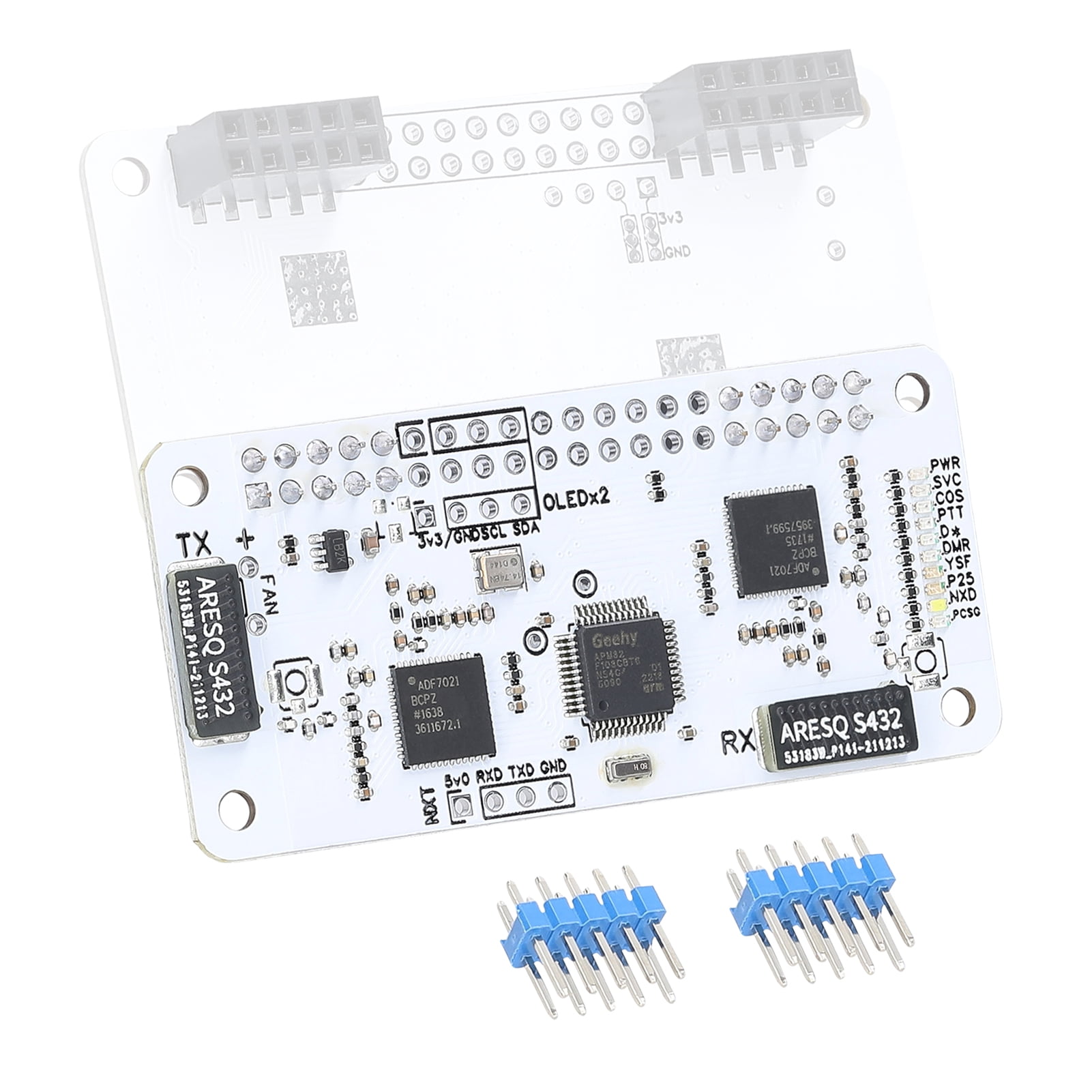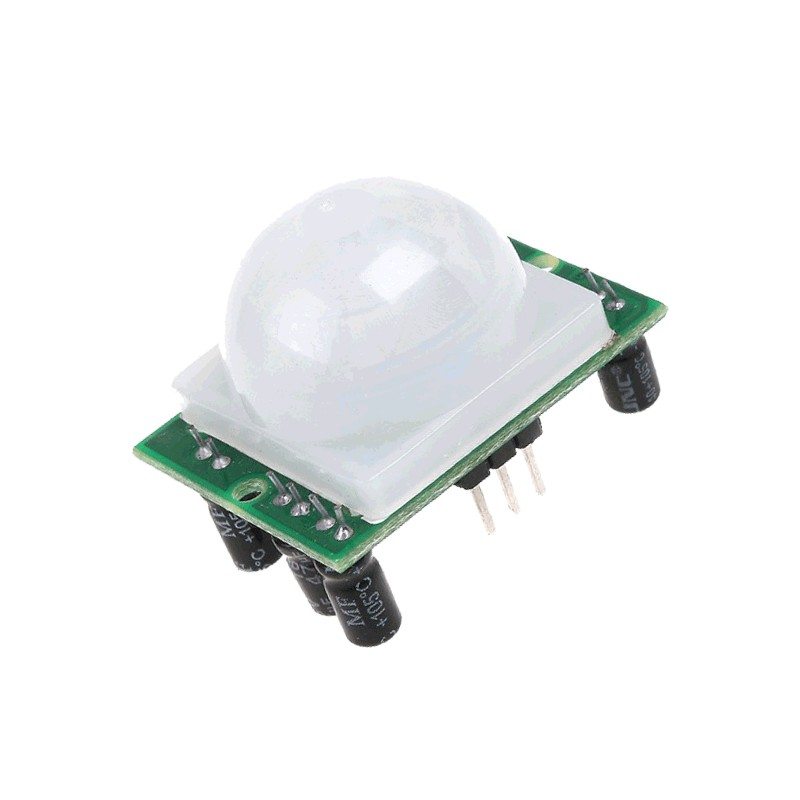

Depending on the model, it has 16KB (Atmega168) or 32KB (Atmega328) flash memory. It also has 14 digital and 8 analogue I / O pins, which is enough for small applications. The Nano model has a USB port (type: mini), which serves for communication, as well as power supply. Smaller is only the Arduino Mini (which, however, has no USB port). The Arduino Nano is one of the smallest models in the series and measures just 4.5cm x 1.8cm. The SainSmart Mega2560 model costs around 18 $. Oher specifications are quite similar to those of the Uno, so the Mega can be powered via USB or externally and there are also various Shields for this model. It also offers 256KB of flash memory, which is eight times as much as the Arduino Uno. The Arduino Uno is available for around 20 $ here.Īnother Arduino model is the Arduino Mega, whose speciality are the many I / O pins: It has a total of 54 digital and 16 analogue input/output pins to offer. There are many interesting attachable Shields, be it the USB, Ethernet or LCD (everyone should decide for themselves if they are worth the money because a Raspberry Pi 2 Model B with better equipment can be found for a similar price or even cheaper).
#RPI ARDUINO SENSORS CODE#
Overall, the Arduino Uno has 32KB of Flash memory that should be enough for your code (and embedded libraries), which is enough for most applications. Alternatively, an external power source can be connected to the associated port. The code is played via USB (type A), which also allows the power supply to take place. In addition to 14 digital I/O pins, it also has 6 analog input pins. The Arduino Uno is one of the most commonly used Arduinos. This first part is about the inital setup of an Arduino, so we’ll let it communicate with the Pi in the next steps.įirst of all, I would like to introduce some common Arduino models:


In combination, the two offer even more options than the Raspberry can offer alone. The Arduino is a small microcontroller, which is very cheap to have but allows many additional features to the Pi.
#RPI ARDUINO SENSORS HOW TO#
As already announced at some point, there will be additional tutorials on how to use an Arduino on the side of the Raspberry Pi.


 0 kommentar(er)
0 kommentar(er)
